When Katya Aguilar, 27, talks about her journey toward Jewish conversion, she often uses the word congruente — consistent. As she talks, it becomes clear that for her, congruente means more than that. It means integrity. Oneness. Eliminating the gap she once felt between her life — growing up Catholic in Mexico — and her Jewish soul.
Having “a Jewish soul” is a common thread among those who convert to Judaism, says Rabbi Daniel Mehlman, the Argentine-born rabbi of Studio City’s Congregation Beth Meier.
It is estimated that between 5,000 and 10,000 people become Jews-by-choice each year in North America. And nearly half of the people Mehlman helps with conversion, in Southern California as well as in other parts of the United States, are Latinos who trace their ancestry to countries like Mexico, El Salvador and Colombia.
He describes the Jewish souls he encounters as constantly questioning. “The Jewish tradition is one of questioning,” Mehlman says.
Aguilar traces her own questioning nature to a period in her life during which she had a great deal of time to think.
When she was 9, living in Mexico City, her mother took her to celebrate Christmas with relatives in a small town in Puebla, a state in southern Mexico.
“I was at the home of one of my uncles,” Aguilar says. “In that village, they celebrate Christmas with fireworks. It was a damp day so they had put some fireworks under a bed where I was sitting and then handed out candles.”
A young cousin was watching TV, not paying attention, and a lit candle fell out of his hand. The bedding caught on fire, then the fireworks. The room became an inferno, and when she saw an enormous ball of flame heading toward her, Aguilar put up her hands to protect her face.
Her hands were so badly burned that the doctors were considering amputation. Her father refused to let the doctors perform the procedure, and Aguilar spent nearly a year in the hospital undergoing reconstructive surgeries and physical therapy.
“I think the shock and trauma I suffered led me to question many things. Why had this accident happened?” she says.
As she grew up, Aguilar’s questioning increased, as did her feeling that her life was not congruente.
“I wanted to find something, either inside of me or outside, that would help me feel complete, integrated, consistent with who I was,” she said.
During those years she became fascinated with and read about the history of the Jewish people. “The consistency of thought, the type of belief, the stories. If there was a school project, I related it to biblical stories. It was a love for the Jewish people and their history, including the history of Israel, Zionism and the founding of the State of Israel. It was something I felt close to and loved,” Aguilar says.
When Aguilar graduated from high school, she told her father’s parents that she wanted to go to Israel. Her grandparents thought it would be an opportunity for all of them to visit Christian sites, but she had a secret agenda. Once in Israel she told her grandparents she wanted to visit the Western Wall.
“I had read that at the Wall, you write a wish on a piece of paper and put it between the stones,” Aguilar says. “It was 10 years ago, and I remember it as if it were yesterday. I wrote two things.”
As she talks, Aguilar chokes up. “The first thing I wrote was the hope that my mom would survive cancer. The second was that I would convert to Judaism; that I would become Jewish,” she says.
Her mom survived and is still going strong, and Aguilar has since become a Jew. “God’s love for me is infinite,” she says. “Both of my wishes have come true.”
After her experiences in Israel, Aguilar felt that the “empty space” inside her was “filling up, little by little. Part of the emptiness was that I didn’t feel I had a community to share my feelings with. It’s good to believe, but you need support, a community around you.”
However, each time Aguilar tried to visit a Mexico City synagogue, she was stopped by guards who told her she couldn’t go inside. With her last name she simply was not admitted to a shul in Mexico City. This is common throughout much of Latin America, where those who are not born Jewish, or who don’t have a Jewish last name, are routinely prohibited from even entering a synagogue.
Determined to live as a Jew, Aguilar told her family she was going to the United States to learn English. Once in Southern California, she began the process of conversion at American Jewish University. She moved to the Conejo Valley and looked for a shul nearby.
She recalls the first time, in 2007, that she went to Temple Etz Chaim in Thousand Oaks. She arrived early for Friday night service because she hoped to avoid a scene like the ones she’d experienced in Mexico.
“But I found out that at an American synagogue it’s completely different. No one stopped me. No one looked at me with suspicion. There were no guards at the entrance telling me I couldn’t go inside. It was another world.”
The congregants had not arrived yet. “I entered the sanctuary by myself,” Aguilar says. “The lights were dim. It felt good. I felt I was home. I opened a siddur and looked at the Hebrew, and all these emotions rose to the surface. I thought: Someday I’ll be able to read this. It was a very special moment. Then people started coming in. They welcomed me, and during the service a woman next to me helped me follow the service.
“I loved it from the first moment: the melodies, the prayers, the emotion with which they sang. And just by chance, the cantor happens to be Argentine, so I could explain to him what I felt and why I was there. In time I got to meet the rest of the community…. I had arrived at my place, at the place where I belonged.”
At last, Aguilar felt that her life was congruente.
Mehlman says that in the past few years, in Southern California and other parts of the country, he has guided more than 100 people in their path to conversion, about half of them Latinos.
“A lot people don’t even know it’s possible to convert to Judaism,” Mehlman says. “We’re not proselytizers, and sometimes we keep the door closed so that others can’t become part of our community. In Latin America, those who want to convert can’t even enter a synagogue. Here in the U.S., we don’t have that problem, but we have other issues: in some cases, bias toward different skin color or family name, if it’s Gonzalez and not Greenberg, for example. Apart from that, there’s the difficulty some Latinos have with English.”
It was that difficulty that led Patricia Ugaz to sign up for Mehlman’s Spanish-language course at American Jewish University, a class for those who wish to convert. Born and brought up in Lima, Peru, Ugaz, 36, is divorced and lives in Woodland Hills with her mother and 15-year-old son, Alonso.
Ugaz says that after arriving in Los Angeles in 2000, she searched for a spiritual home among Christian churches, but she questioned one of the foundations of Christianity.
“I felt that God could not be tripartite,” Ugaz says. “God has to be one. Judaism offered that clear vision of what God is, so I searched for a place where I could learn more.”
It’s been two years since she first went into Mehlman’s class.
“All my life I was filled with restless questions, but once I started on the path to becoming Jewish, I felt that I was finally touching the source of things,” she says.
Ugaz has one last course before completing the preparation for her conversion.
“In the meanwhile, I live a Jewish life, according to Jewish laws and practices,” she says.
Another person whom Mehlman shepherded through conversion is 34-year-old Claudia Hayun, who was born and raised in a Catholic home in Barranquilla, Colombia. When she sat before the three elderly rabbis of the Rabbinical Assembly’s Beit Din, she answered in Spanish because Mehlman was there to translate for her. At the time, Hayun was in her ninth month of pregnancy.
“One of the rabbis on the beit din asked me the meaning of ‘mitzvah.’ I blanked out. Rabbi Mehlman saw what I was going through and said, ‘Claudia, tell them about the commandments.’ Suddenly, my mind became clear and I talked on and on,” she says.
At her home in Tarzana, Hayun holds her 5-month-old daughter, Liel, then hands the baby to her husband, Israeli-born Reuven.
“When I went through the final steps of conversion, I was about to give birth to Liel,” Hayun says. “The whole process was really beautiful: the purification of the mikvah. I felt that it was a cleansing of my soul. The Claudia who came out of the mikvah was a different Claudia from the one who went in.”
Years before the conversion, long before Liel was born, Reuven’s parents came from Israel and met Claudia.
“At the airport, there was an immediate connection,” Hayun says. “The feeling was that I was part of their family…. Reuven’s parents never said anything to me about converting. But when they came to my home and looked around my kitchen and saw that I was making efforts to keep kosher, they realized.
“When we called them and told them that my conversion would take place just before the baby was due, they said, ‘whether you convert to Judaism or not, you’re still our daughter. You’re still the same Claudia who we know and love.’”
Hayun says that her conversion “has been a total change in our lives, and a positive one.” Claudia’s daughter from a previous marriage, 10-year-old Gabriela, “feels thoroughly accepted by Reuven’s family…. When my mom calls from Colombia, Gaby calls her abuela. When Reuven’s mom calls from Israel, Gaby calls her savta.”
Rabbi Mervin Tomsky, rabbi emeritus of Burbank’s Temple Emanu El, sits on the Beit Din of the Conservative movement’s Rabbinical Assembly, located at American Jewish University. He describes the Latino converts who come to the beit din as earnest and dedicated. “They’re a source of pride for us,” he says.
“Many of those who are born Jewish are indifferent to their Judaism. We can’t survive on indifference. We survive on commitment, learning and practicing, and that’s what [Latino converts] are seeking. Whenever we go through a conversion, it uplifts my spirit. It’s a beautiful thing for us to see and we’re so happy to be able to welcome them.”
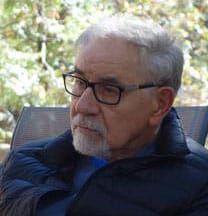












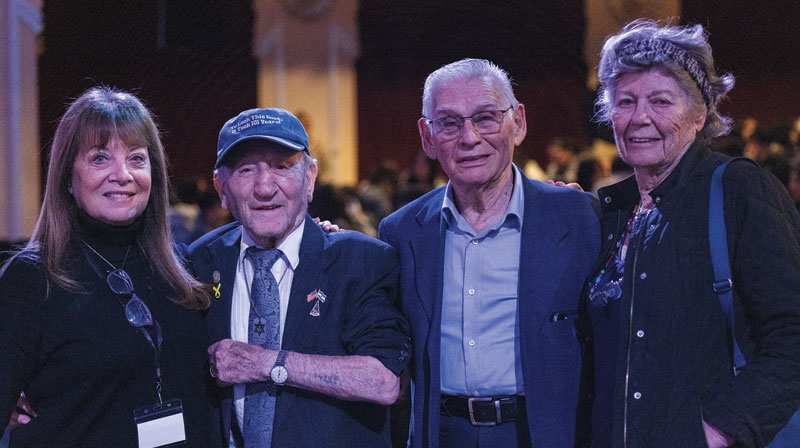
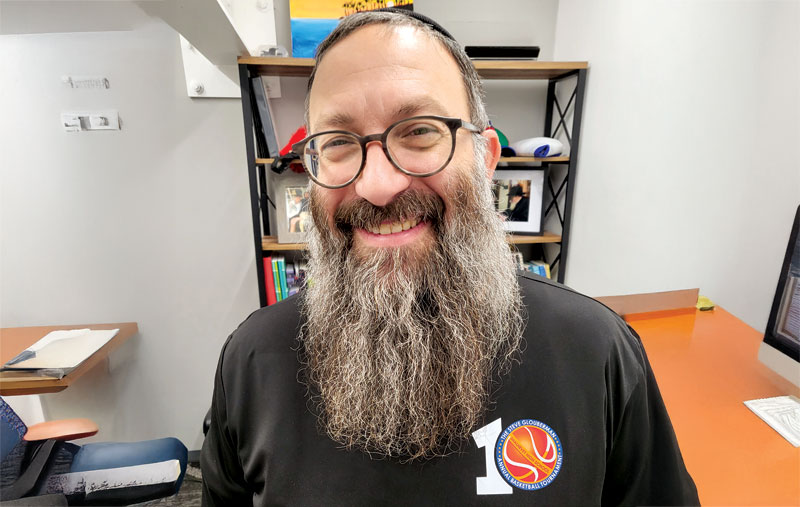

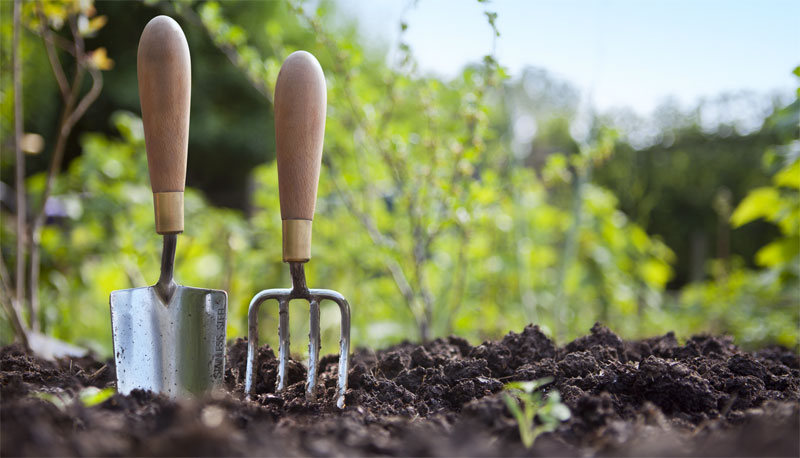
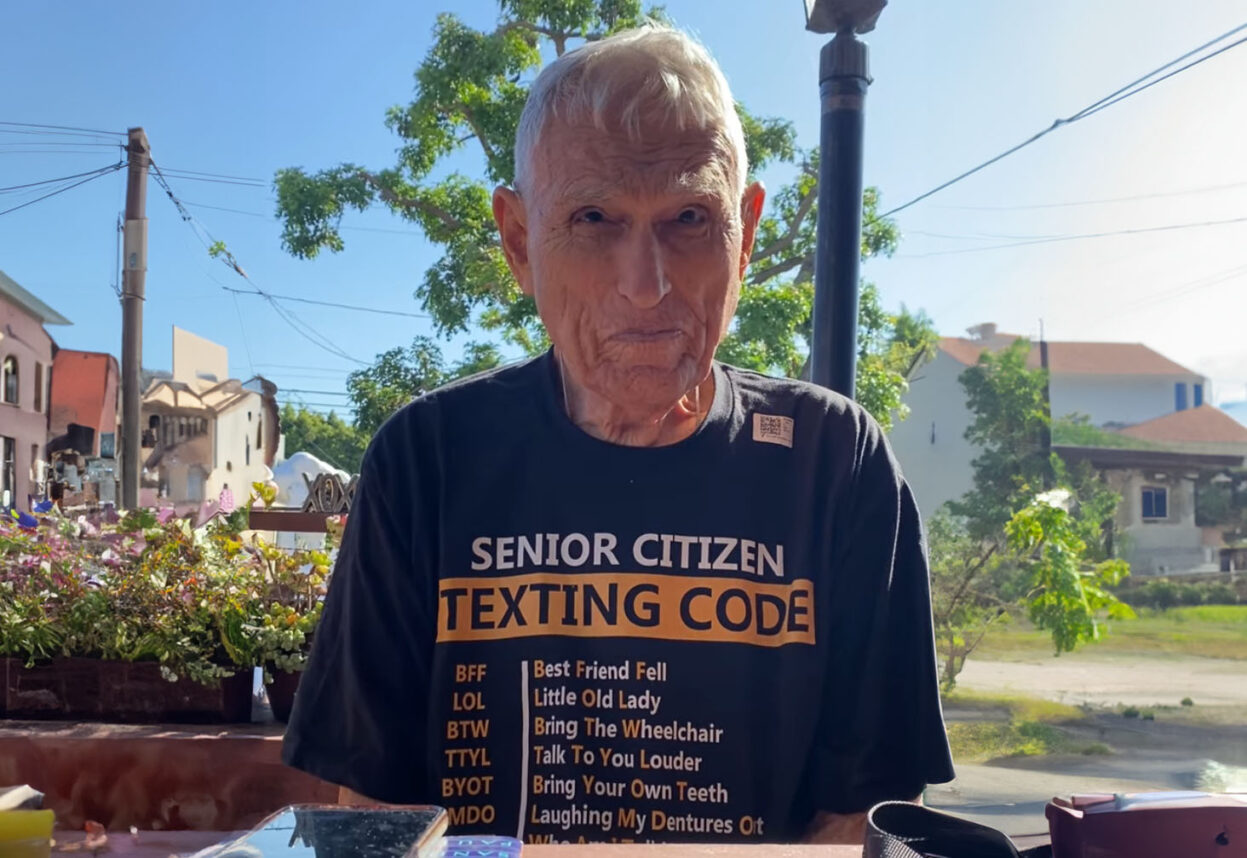




 More news and opinions than at a Shabbat dinner, right in your inbox.
More news and opinions than at a Shabbat dinner, right in your inbox.